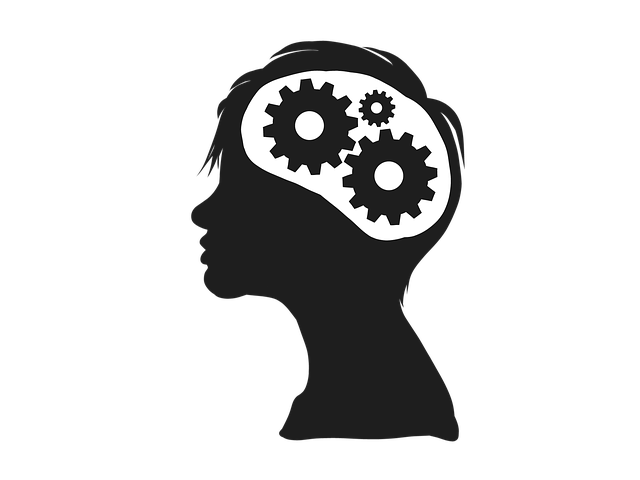Introduction
In the intricate landscape of decision-making, our minds often resort to shortcuts and mental models to simplify complex choices. One such mental model, the Think Experiment, plays a significant role in shaping our decisions, sometimes leading us astray. Anchored in human psychology, this cognitive bias manifests itself in various aspects of our lives, from personal dilemmas to business strategies and public policy-making. Understanding the Think Experiment and its underlying biases can empower individuals to make more rational choices and avoid potential pitfalls. In this blog post, we will explore the Think Experiment, its prevalence, its detrimental consequences, and practical strategies to overcome it.
Defining the Think Experiment
The Think Experiment can be defined as the tendency to rely solely on thought experiments or hypothetical scenarios when making decisions, while neglecting the full range of relevant information and practical considerations. It involves creating mental simulations that explore potential outcomes without directly engaging with reality. While thought experiments can be valuable tools for generating insights and testing theories, the overreliance on them in decision-making can lead to biased and irrational choices.
Relevance in Decision-Making Processes
The Think Experiment exerts a profound influence on decision-making due to its inherent appeal and accessibility. Engaging in thought experiments allows individuals to explore scenarios without the constraints of real-world limitations, making it an attractive mental shortcut. However, this bias can undermine rational decision-making by neglecting crucial aspects such as real-world constraints, practical considerations, and the complexity of human behavior.
Examples of the Think Experiment
- Personal Life Decisions: Consider a person contemplating a career change. They might vividly imagine the idealized aspects of their desired career, picturing themselves in exciting scenarios without fully considering the challenges and uncertainties. By relying solely on the positive outcomes of their mental simulation, they may fail to acknowledge the risks and potential downsides of their decision.
- Business Scenarios: In the business world, leaders might fall victim to the Think Experiment when envisioning the success of a new product or strategy. By merely imagining the positive outcomes and ignoring market conditions, customer preferences, or operational challenges, they may allocate resources without a comprehensive understanding of the risks involved, leading to costly failures.
- Public Policy-Making: Policymakers are not immune to the Think Experiment. When designing policies, they may focus on the potential benefits in theory without adequately considering the unintended consequences or the impact on different stakeholders. This tunnel vision can result in policies that fail to address real-world complexities and inadvertently harm the very people they aim to assist.
Mental Biases Contributing to the Think Experiment
The Think Experiment is influenced by several cognitive biases. The availability heuristic, for instance, leads individuals to rely heavily on examples that come to mind easily. As a result, they might overestimate the likelihood of certain outcomes based on memorable or vivid mental simulations. The confirmation bias also plays a role, as people tend to seek information that confirms their pre-existing beliefs and discard evidence that contradicts their mental experiment’s outcomes.
Additionally, the anchoring bias can affect the Think Experiment by skewing perceptions of probabilities and risks. People often anchor their judgments to initial information, such as vivid thought experiments, and subsequently fail to adjust their assessments in light of new and more comprehensive information.
Psychological Underpinnings and Interplay
The Think Experiment is rooted in the fundamental psychological tendency to construct mental narratives and stories to make sense of the world. By relying on imagined scenarios, individuals can feel a sense of control and certainty, reducing the complexity of decision-making. However, this mental shortcut obscures the complexities of reality and can result in suboptimal choices.
Furthermore, our emotional responses can contribute to the persistence of the Think Experiment bias. Strong emotions associated with vivid mental simulations can overshadow logical analysis, leading individuals to disregard important information and act irrationally. Emotionally charged thought experiments can evoke biases such as loss aversion, where individuals become overly cautious to avoid potential losses even when the potential gains outweigh them.
Identifying and Overcoming the Think Experiment
Recognizing when we might be succumbing to the Think Experiment is crucial for making more objective decisions. Here are some practical strategies to identify and avoid this cognitive bias:
- Seek diverse perspectives: Actively seek out different viewpoints and consider alternative scenarios beyond your mental simulations. Engaging in discussions and seeking input from others can offer valuable insights and challenge your preconceived notions.
- Conduct empirical research: Balance your mental experiments with empirical evidence. Explore real-world data, conduct experiments, or seek case studies to supplement your thought experiments. This approach ensures a more comprehensive and realistic understanding of the situation.
- Embrace complexity: Recognize that real-world problems are often intricate and multifaceted. Embrace the complexity and resist the temptation to oversimplify decisions by relying solely on thought experiments. Acknowledge the uncertainties, limitations, and potential risks associated with each choice.
Conclusion
The Think Experiment mental model can be both a valuable tool for exploration and a cognitive trap. By relying solely on hypothetical scenarios and neglecting the full spectrum of relevant information, individuals and groups often make irrational decisions that are contrary to their best interests. Awareness of this bias, its psychological underpinnings, and the interplay with other mental biases can empower individuals to make more informed choices.
Through strategies like seeking diverse perspectives, conducting empirical research, and embracing complexity, individuals can navigate the pitfalls of the Think Experiment. By actively avoiding this mental trap, individuals can enhance their decision-making process and achieve more favorable outcomes. Remember, the path to rational decision-making lies in understanding the limitations of our mental models and cultivating a holistic perspective that goes beyond mere thought experiments.
